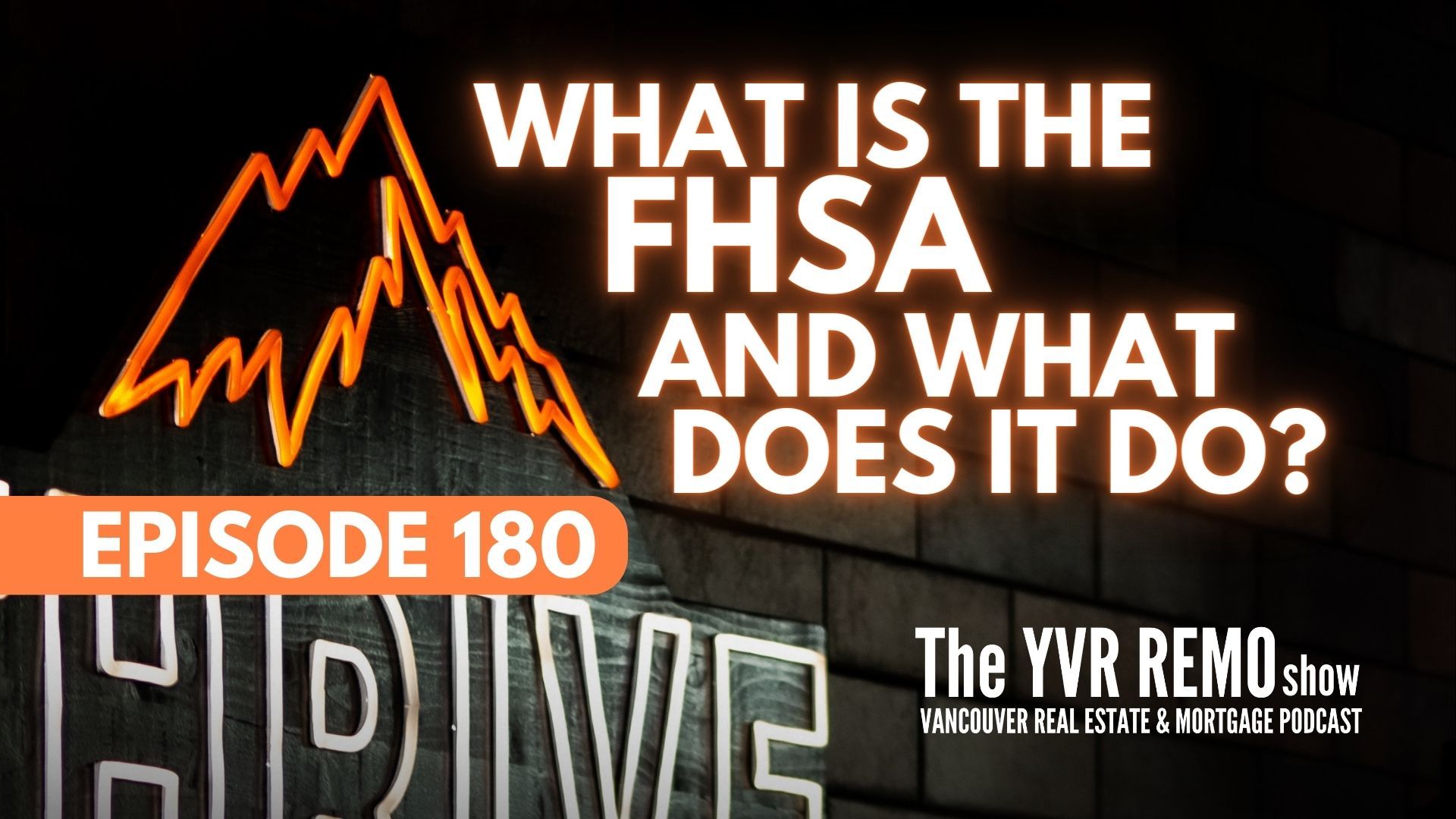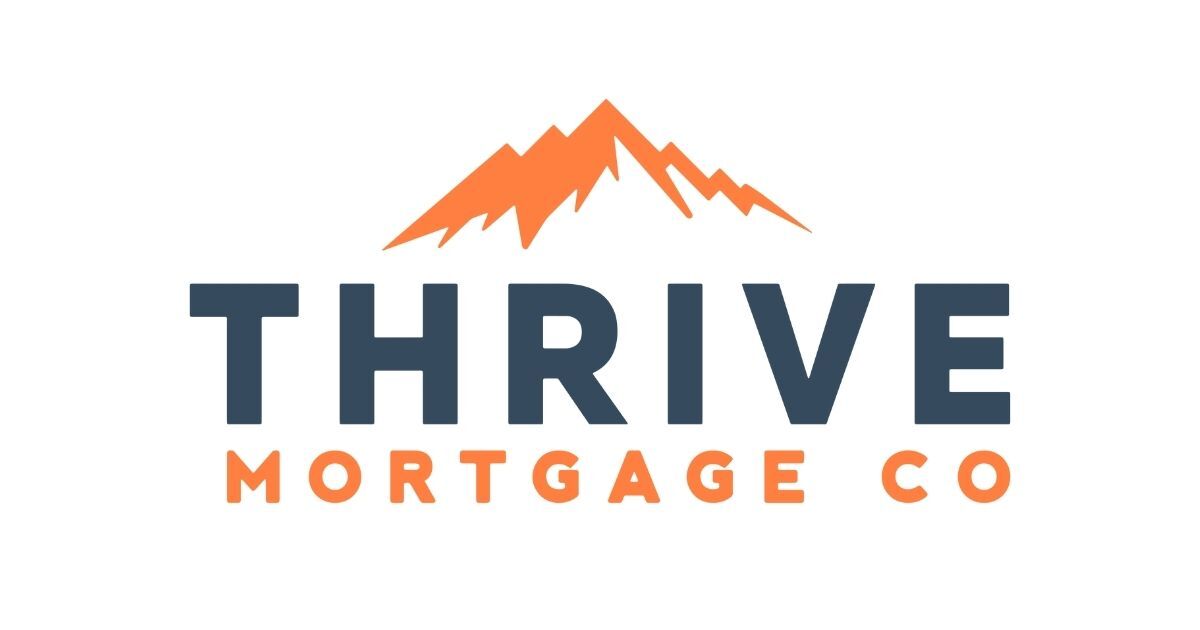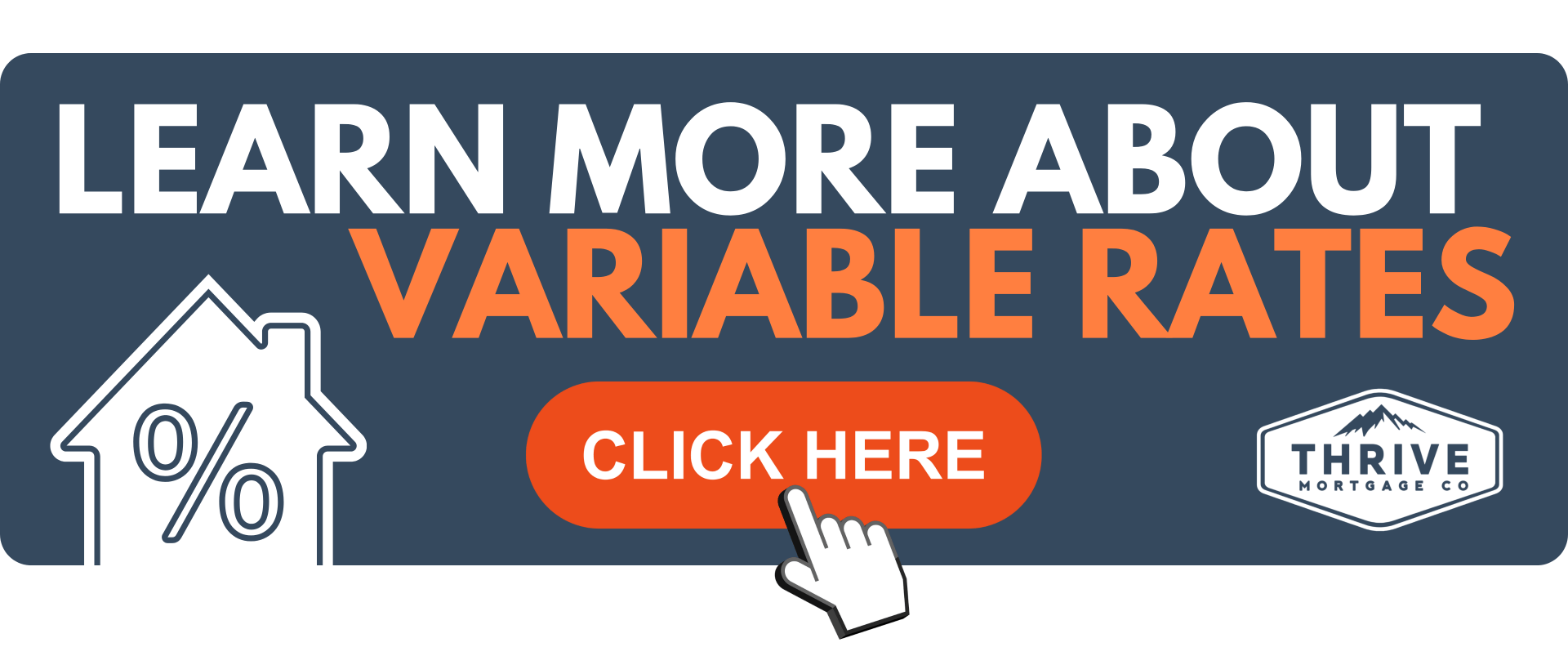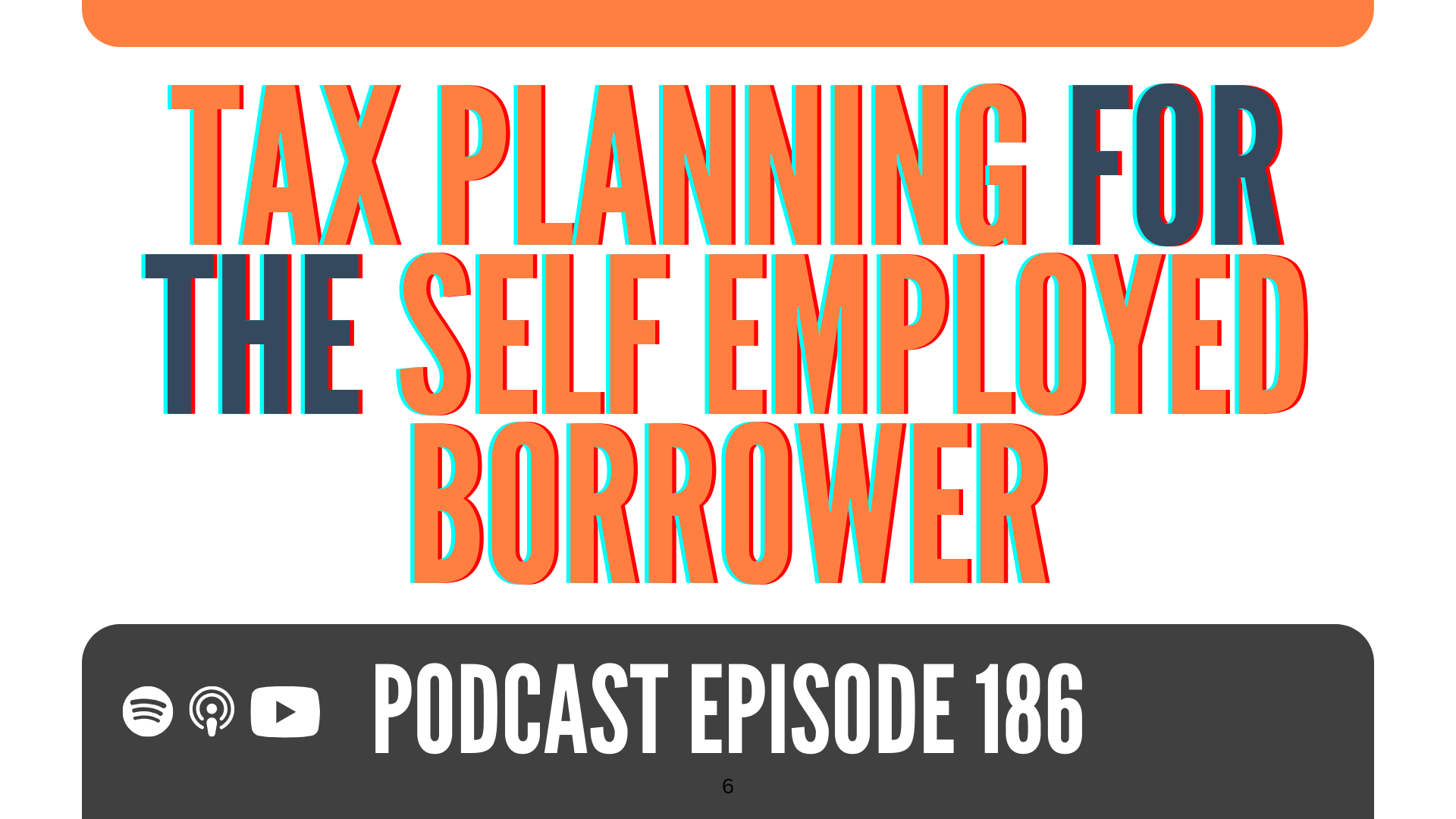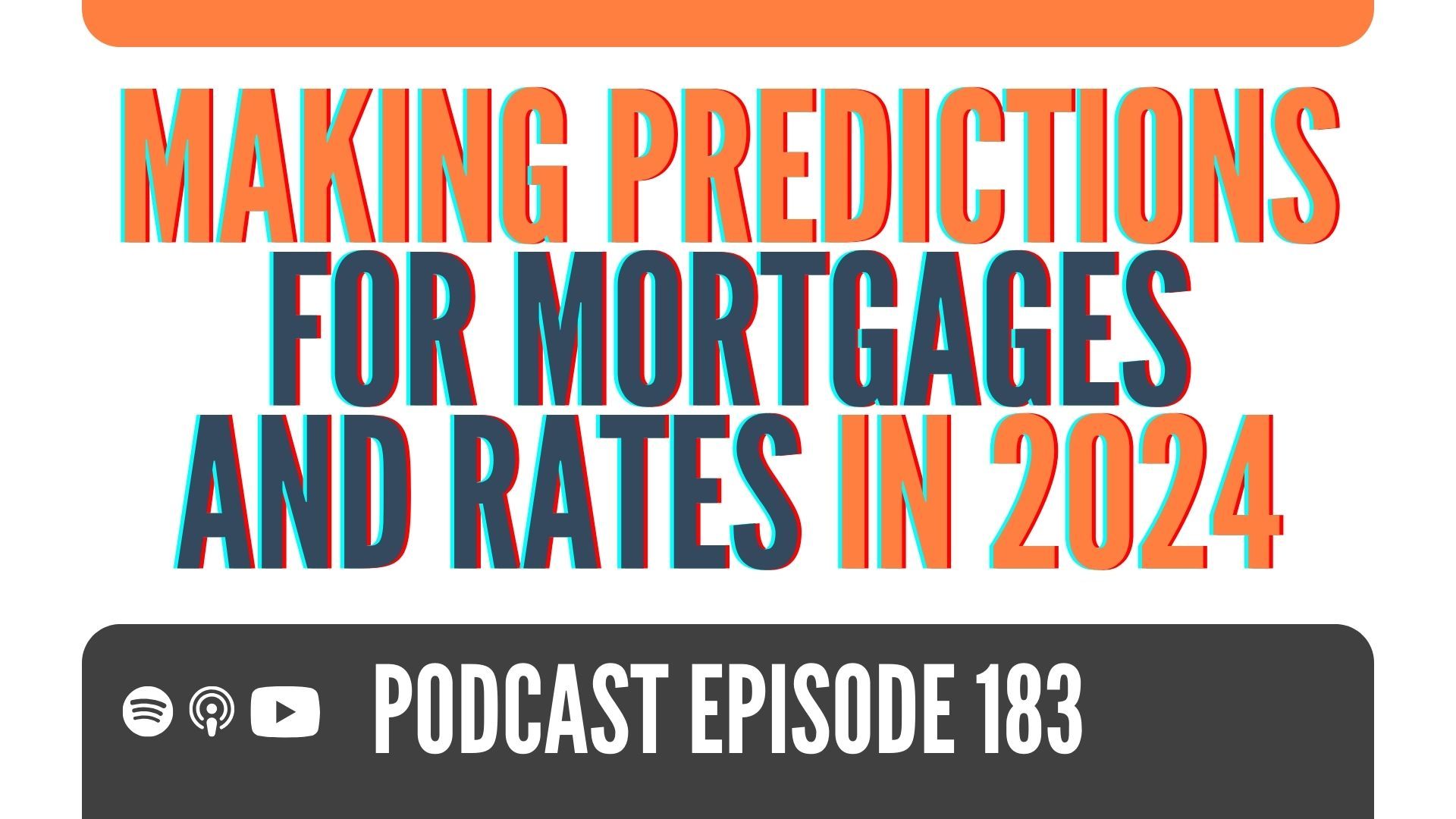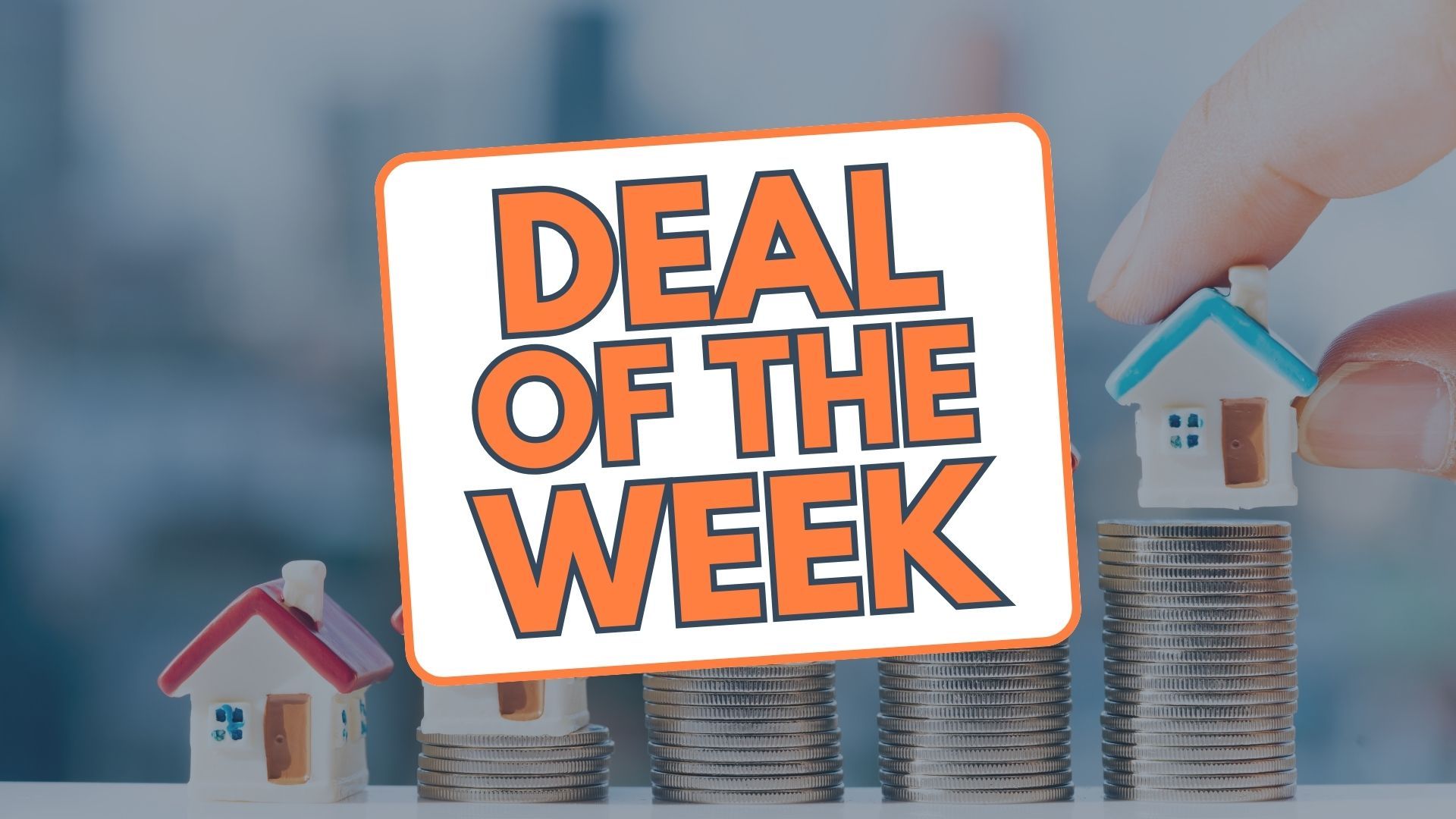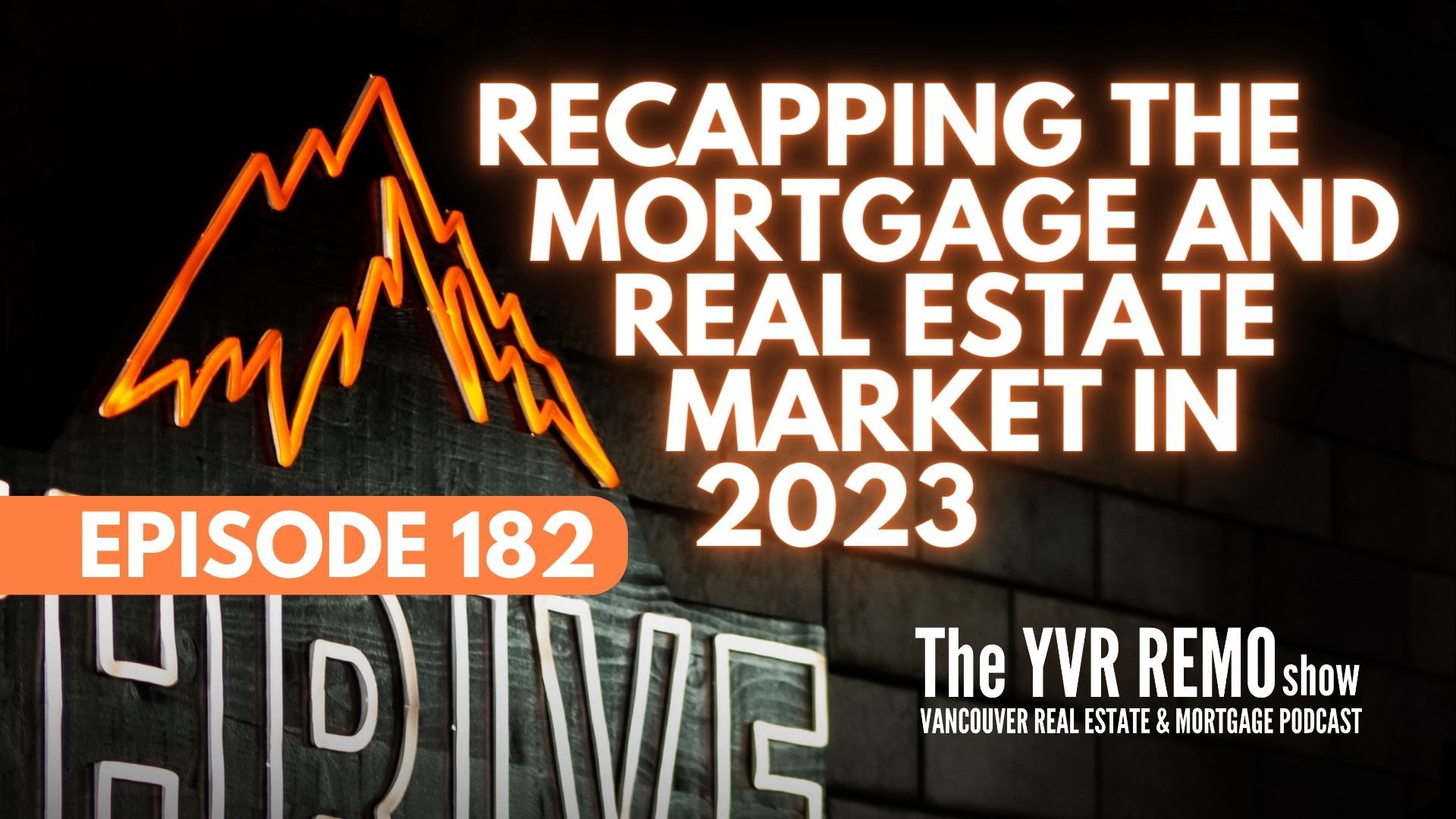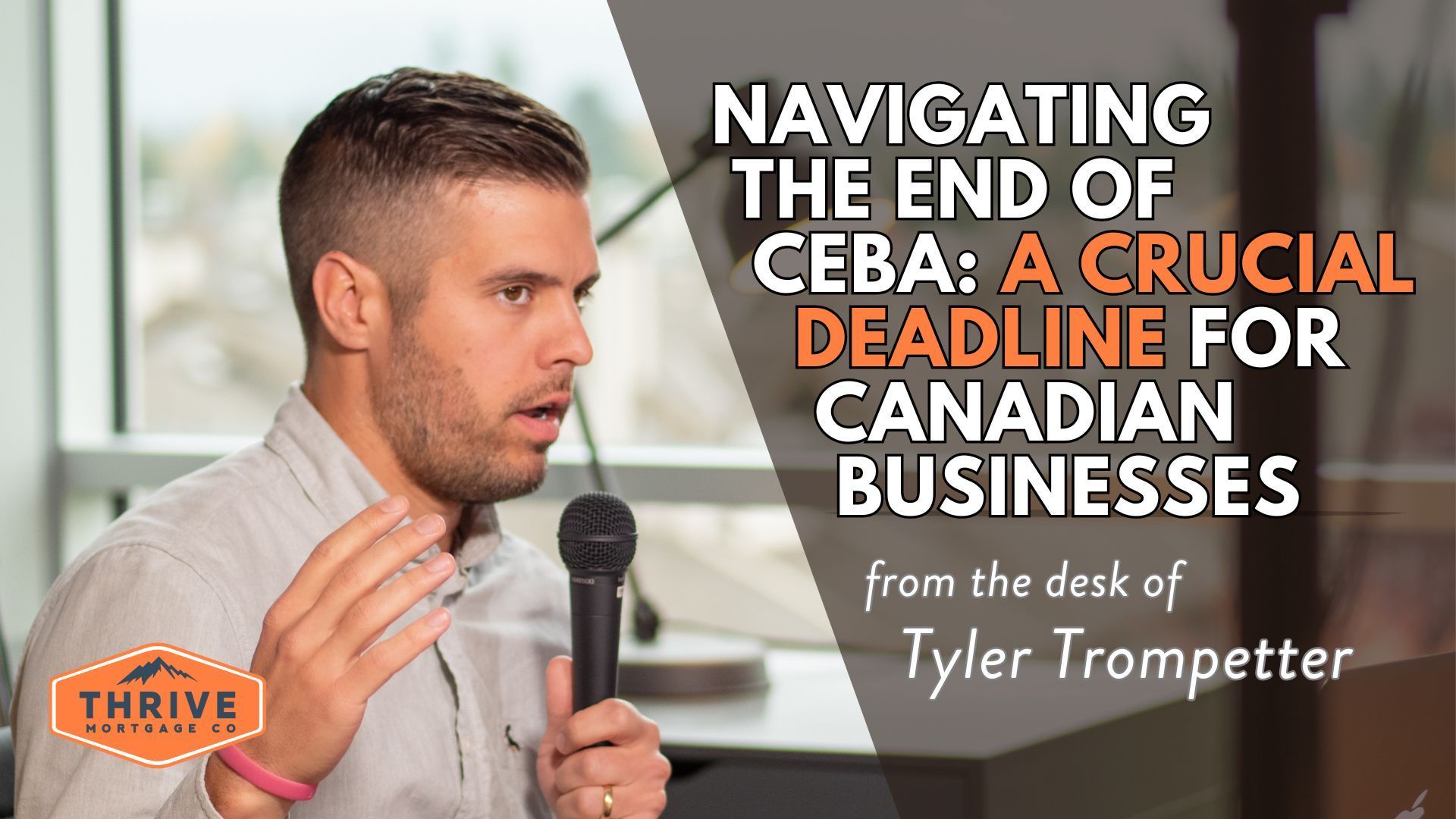All About Trigger Rates, Trigger Points & Variable Rates
You are in a VRM Mortgage and have heard about the interest changes that have happened and are happening. The Bank of Canada has been increasing interest rates, and for this reason you may be at or nearing the point at which your current mortgage payment no longer covers both principal and interest. When this occurs, your mortgage technically would go "backwards" which means the lender is taking additional interest out of your current equity. Since this is not common practice or the intention of your mortgage, most lenders will instead ask you to pick an option (listed below) to adjust your current mortgage or payments.
One thing that is important to note is that those currently in Adjustable Rate Mortgage are not directly affected by the information below, this is because your payments are adjusted automatically every time prime increases.
⬇️ WATCH THE VIDEO BELOW TO LEARN ABOUT TRIGGER RATES & TRIGGER POINTS ⬇️
Why Are Rates Changing?
There are a variety of reasons that the Bank of Canada is changing rates, much of it related to inflation, however there are other factors we cover this in more detail in our variable rate resource - CLICK HERE
Who Is Impacted?
This impacts everyone who has a variable rate mortgage, however for this explanation, we are referring to those who are in a "static payment" or VRM mortgage (this is a variable rate mortgage where when the rates change, typically more is applied to interest and less to principle).
What Is A Trigger Point?
This can vary to degree from lender to lender, however here is a general summary below:
- For a Conventional Variable Interest Rate Mortgage (VRM), the Trigger Point is when the principal amount plus interest owing exceeds 80% of the fair market value of the property as determined by your lender.
- For an Insured VRM, the Trigger Point is when the principal amount plus interest owing exceeds 105% of the original principal amount of the mortgage loan.
- For Term Portions, if at any time the outstanding principal amount (including any deferred interest) exceeds the original principal amount, then the Term Portion has reached the Trigger Point.
What Is A Trigger Rate?
As interest rates on variable products increase and the payments don't change, there will be a point where the principal and interest payments can no longer cover the interest charged on the Mortgage or Term Portion. This happens when your rate has exceeded the Trigger Rate.
If the variable rate increases beyond the Trigger Rate, the product may have an increasing balance (check with your lender) unless the regular payment is increased enough to cover the outstanding interest.
Variable rate mortgages have trigger rates to ensure home owners are always building equity with their payments, especially as interest rates rise.
⬇️ WATCH OUR FULL PODCAST EPISODE ON TRIGGERS RATES & TRIGGER POINTS ⬇️
How Do I Calculate My Trigger Rate?
For a more accurate number, you could contact your mortgage lender. They’ll be able to calculate your current trigger rate, so you’ll know how much breathing room you have.
Another way to calculate your trigger rate is to use the following formula:
(Payment amount X # of Payments per year / Balance owing) X 100 = Trigger rate in per cent.
If you have an outstanding mortgage balance of
$500,000 with
bi-weekly payments
(26 payments per year) of
$1,100. Your formula would look like this:
($1,100 X 26 / $500,000) X 100 = 5.72 per cent
In this scenario, your trigger rate would be about
5.72%.
Remember, every lender uses a slightly different formula to calculate your trigger rate, so you’ll want to contact them if you want an exact number. However, this formula is a reliable way to estimate yours quickly.
What Are Your Options?
This could be a long one, so please follow along, as you have a few options, if you're a client of ours (or even if you're not) reach out to the team and we can set up a consultation to review your situation after reading below.
Increase your Payment
This option is quite straight forward, you increase your monthly payment based on the maximum allowance of that lender, for some it is 10%, some as high as 100% - this is easy and can be done either online or over the phone with your lender.
Lock In
This option is available with most variable rates, simply request the lock in options from your bank and they will provide you with the rates for the remainder of the term. REMEMBER you only need to lock into a term which matches the remainder of your term (ie. 3 years) and some lenders will provide 3 year options up front. In addition, often these lenders will NOT be competitive
Pay a Scheduled Lump Sums (Secret Hack)
Your lender can also provide you the option to pay a lump sums, which is subject to the policy of that lender (some may only allow this annually). So in this case this only applies to lenders which allow lump sums to be paid on any regular payment throughout the year (as an aside this is one reason we always suggest full feature non restrictive products).
Here is what you do:
1) Decide on how much you want to increase your payment (example: $100)
2) Contact the lender to schedule a monthly $100 lump sum on your payment date for X time period (12 or 24 months etc.)
Again, this provides you with more flexibility around your payment changes, it allows you to keep your minimum payment the same AND the biggest factor it keeps your payment on paper lower which is helpful for future qualifications of investment or 2nd homes.
Pay a Lump Sum
As above, however here you may choose to do a large lump sum that may be equal to the same amount as your annual contribution above as long as it is within your maximum allowance (example 15%)
Refinance
This is useful in many situations:
1) You can reduce your payment by extending your amortization
2) Include other debts, like car loans and expenses to reduce your overall cost (can save thousands monthly)
3) Apply for different terms (example 1, 2, or 3 years) if your bank is only offering longer terms
4) Search for more competitive lenders
5) Find different products or add a home equity line of credit
AND MORE
Curious About Locking In? Here Is The Process Before We Can Assist:
1. Call your current Lender and ask them to provide all possible Fixed rate options if you were to convert.
Ask for every possible term length available Ask them to provide these options in writing
2.
Send us an email and
include the following:
Your current Variable and Fixed rate options provided by your lender Maturity date of your current mortgage (if you have it handy)
3. One of our Mortgage Advisors will be in touch to schedule a
phone call and review your options over the following few days.
REMEMBER: Try NOT to allow STRESS to creep into your decisions!
Like everything, this too shall pass and is transitory. We went through a time of very low interest rates, and we will go through a period where interest rates do decline.
Also, in most cases, the impact can be mitigated by doing an analysis of your personal cash flow (see link here) and cutting unnecessary expenses from your budget.
As always, your team at Thrive Mortgage Co is here for you.
How to Reach US! 📲
Call 604.398.5575 or Email us!
More Questions or READY to get started!?
Just Ask US > Click Here to set up a call or EMAIL us

